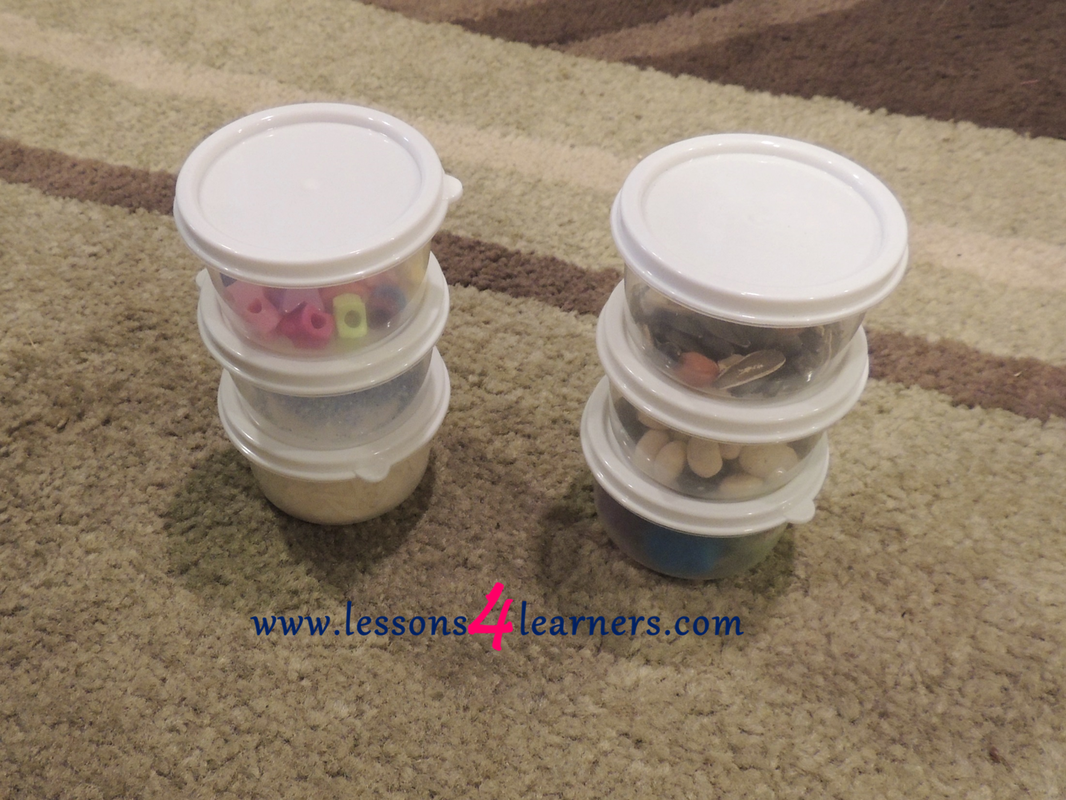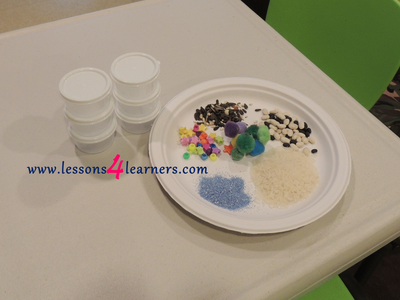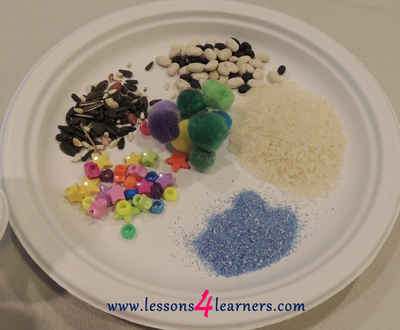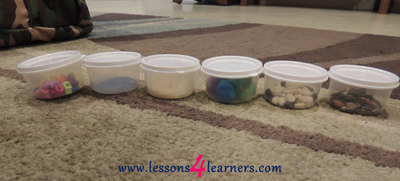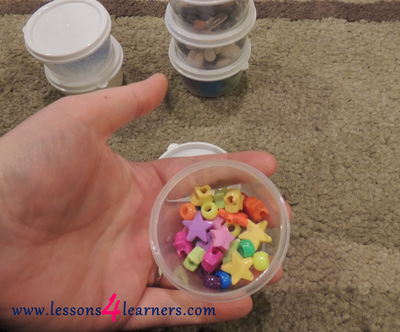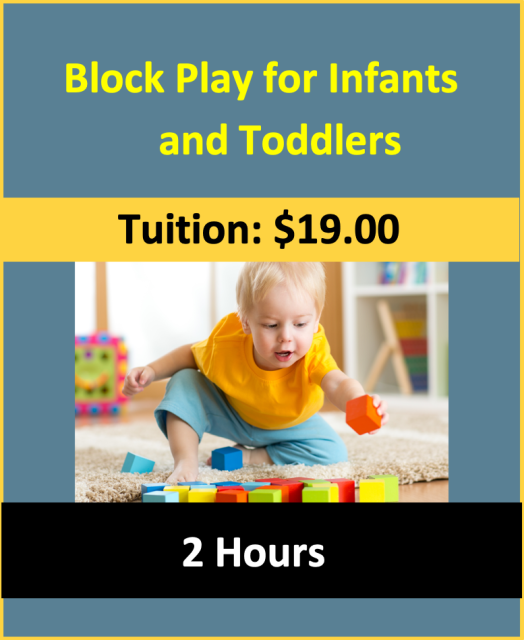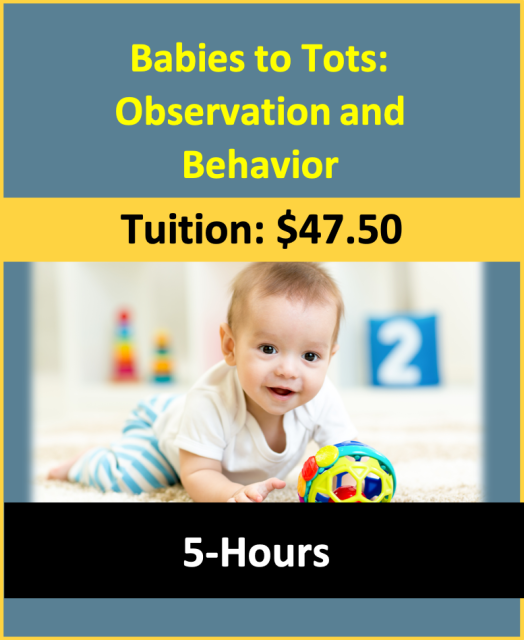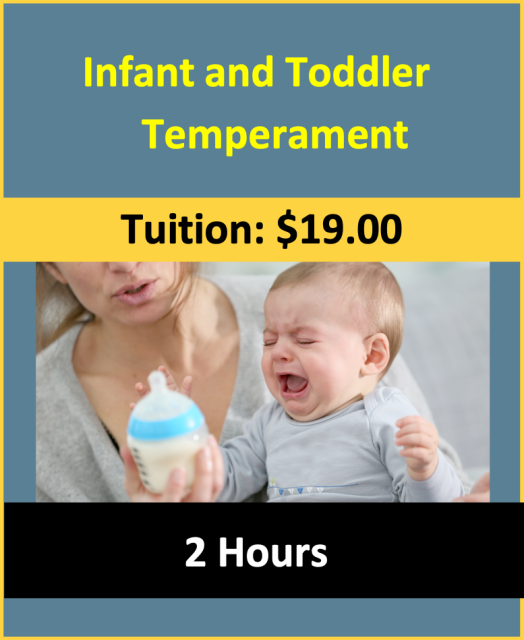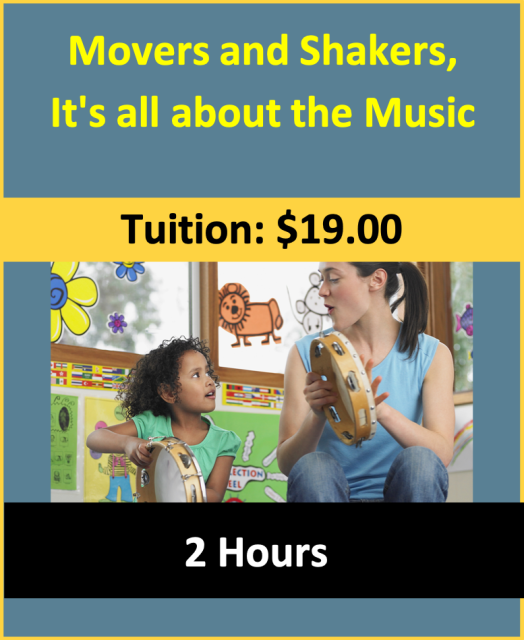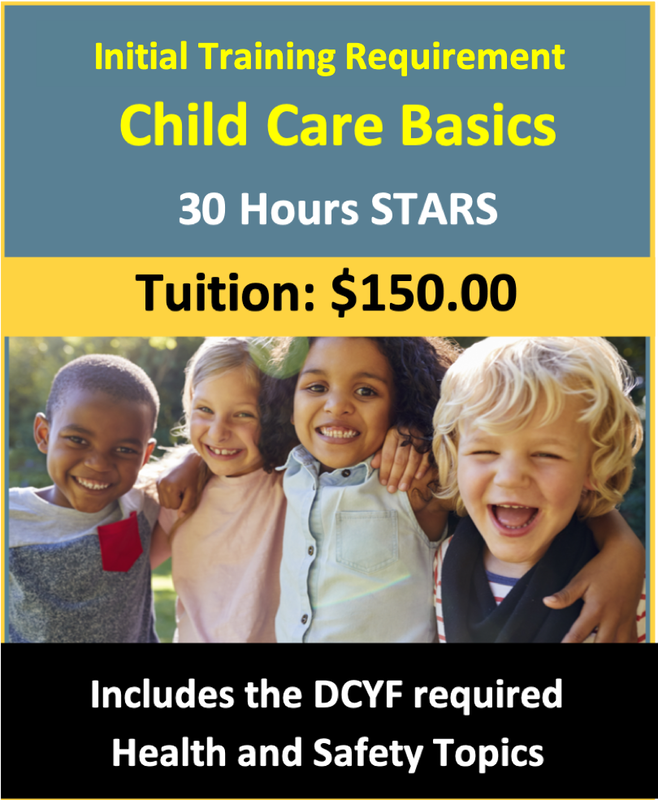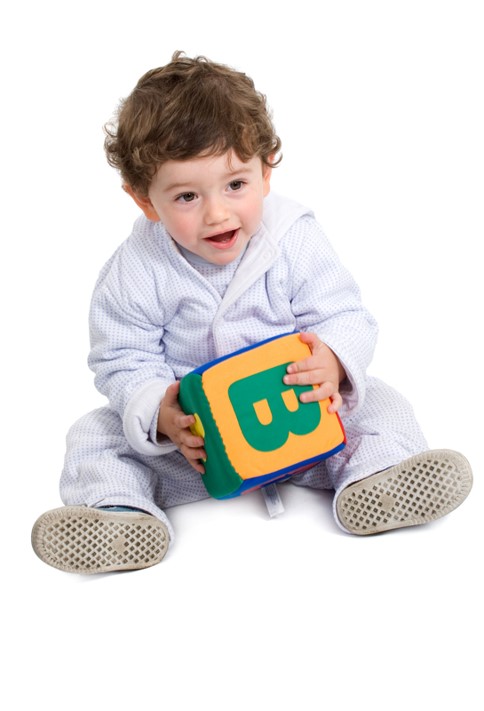Sound Blocks
Lesson Plan:
|
Activity:
Sound Blocks
Lesson plan developed by Aurora Tollestrup, BS Ed
Age Group:
Objectives:
Children will:
II.5.2a
|
|
Click on the photos to enlarge.
|
Materials:
Procedure:
Assessment:
|
Note: Please provide appropriate supervision to the children in your care when completing all activities. You will need to decide what types of activities are safe for the children in your care. Appropriate and reasonable caution should be used when providing art and sensory experiences for children. Toddlers require special caution, only use non-toxic materials, and do not allow toddlers to put things in their mouths that are a choking hazard.
Click on the course icon for enrollment information.
Block Play Activities that Support STEM
Blocks are commonly found in early childhood programs worldwide because of their popularity, open-endedness, educational value, and enjoyable nature. Having blocks available for infants and toddlers is important and fairly common, but there are ways to build upon the basic block building area of a classroom to encourage children’s STEM exploration and development.
|
Some ideas are:
Use non-traditional blocks
Have a mixture of wooden, foam, cardboard, stuffed fabric blocks, and plastic blocks. Make blocks from recycled materials such as clean empty bottles, CDs, plastic cups, plastic plates, etc. Try including window blocks or colored blocks to your usual assortment. Cover your blocks
For toddler classrooms you might try covering the blocks in tinfoil or wrapping paper. This gives the blocks a fresh look that can enhance children’s creativity and exploration of the materials. Give infants block time
All of these blocks can fit into this box, but when I try to put them into this smaller box, some can’t fit. Provide materials to build on
Provide a break-proof mirror for children to build on to see reflections of the blocks as an exercise in symmetry. Attach a panel of sticky contact paper to a wall for children to attach lightweight blocks as they build. Provide a rug that has a road and other city features. Take the blocks to the light table. |
Picture blocks
Consider picture blocks as parts of puzzles or stand-alone building materials.
Consider picture blocks as parts of puzzles or stand-alone building materials.
Extend the play
Provide small figures of people and animals to assist with block play. Toy vehicles and other accessories can also extend block play.
Provide small figures of people and animals to assist with block play. Toy vehicles and other accessories can also extend block play.
Persistence
I can’t balance this block on the tower, maybe this one will do better. No, it didn’t work, so I’ll try this one.
I can’t balance this block on the tower, maybe this one will do better. No, it didn’t work, so I’ll try this one.
Complete block play
Complete the block play area by introducing other common materials to be included with blocks. Play dough, paper and crayons, stuffed toys and more. Children can use blocks to create parking spaces for ride-on toys or cages for animals.
Complete the block play area by introducing other common materials to be included with blocks. Play dough, paper and crayons, stuffed toys and more. Children can use blocks to create parking spaces for ride-on toys or cages for animals.
